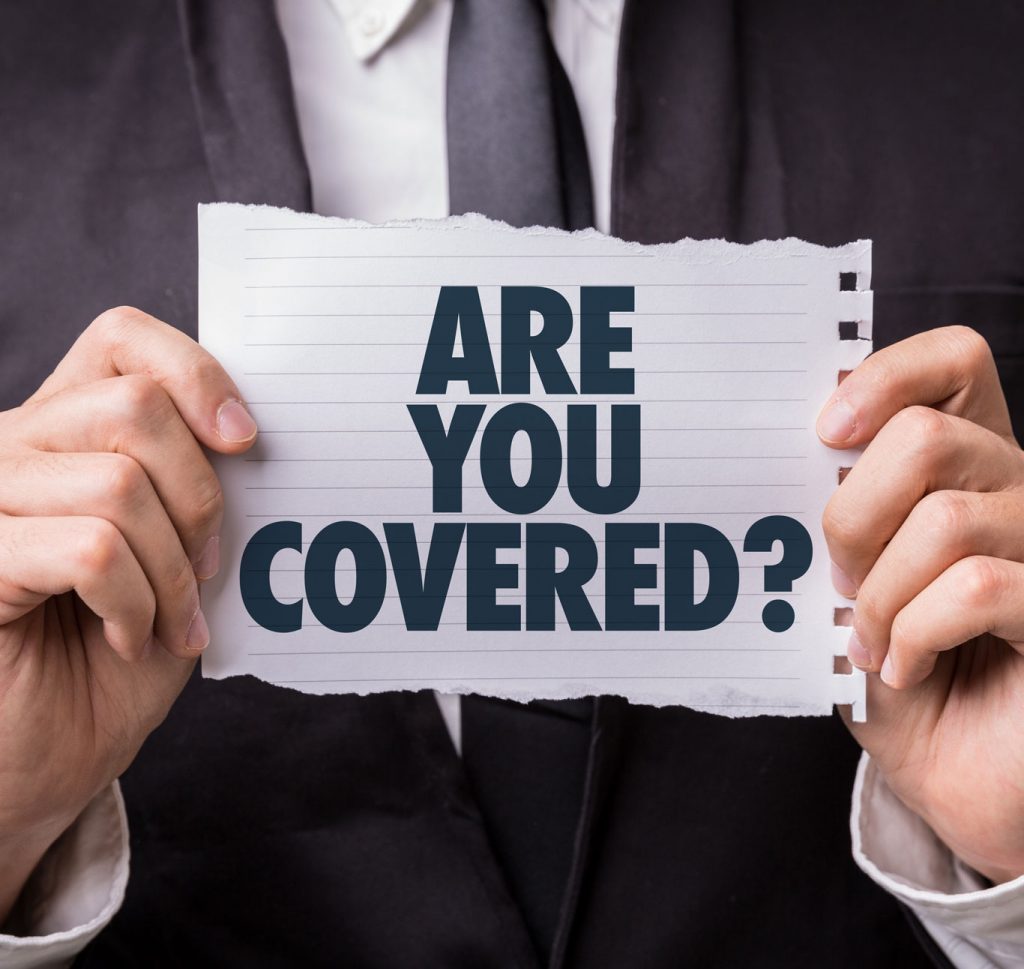In the past, we’ve discussed the situations and events where an armed security guard should draw a firearm, and how to reduce any potential liability risks that come with this decision. Today, we wanted to focus on the other side of the coin – scenarios when a security guard should not draw their firearm. In these cases, adding a deadly weapon to the situation will create unnecessary danger and pose liability issues for the security firm. Let’s take a closer look.
When No One Else Has Drawn a Firearm with Intent to Do Harm
This is one rule that can make firearm decisions easier for all armed guards: If someone else present hasn’t drawn a firearm of their own with the intent to do harm, the security guard should not draw their own firearm. If someone has a gun and it stays holstered, so should the security guard’s firearm. This is one of the most direct ways to avoid loss of life and ensuing liability issues.
Once someone else has drawn with the intent to harm, this rule no longer applies. Last year, for example, we saw many events where security guards were shot and killed over COVID mask requirements. These are situations where someone with hostile intent has already drawn a deadly weapon, which drastically changes the scenario and allows for a wider range of reactions to protect both the guards themselves and nearby customers or bystanders.
When There Is No Reasonable Threat to Life
Here, things become more reliant on a security guard’s discretion and specific events. When in doubt, a security guard should always rely on nonlethal means to deal with a threat – attacks, brawls, and people with the intent to do harm can usually be safely stopped with mace, a taser, or other tools in a security guard’s kit. There are cases where someone with a weapon – not a firearm – poses such a significant danger that the security guard should draw their firearm for protection, but these tend to be few and far between. Guards should always default to nonlethal means.
Sometimes training will use “distance” as a method to judge a threat when someone is wielding a weapon. For example, a person with a knife is more of a threat at six feet than they are at thirty feet. In general, we do not advise using this criterion as a way to decide whether or not to draw a firearm. Distance can be an unpredictable measure and drawing or aiming a firearm is not inherently faster or more of a deterrent than drawing and aiming a can of mace or other nonlethal methods of removing the threat.
When Law Enforcement is On the Way
This may seem a little counter-intuitive – after all, if a situation has become dangerous enough to contact law enforcement, a guard may think it is also dangerous enough to draw their firearm. There are two important reasons that’s not the case.
First, law enforcement can be called for many reasons, not just in extreme cases like the presence of an active shooter. Often, police are called after a situation has been resolved with nonlethal means to handle the legal ramifications. So, law enforcement on the way doesn’t indicate that much about threat level.
Second, it’s unwise to have a firearm drawn when law enforcement shows up. Police are working to quickly assess risk themselves and may respond negatively to anyone who has a firearm out, without waiting to find out who may be a security guard and who isn’t. This can create many additional risks for the security guard and should always be avoided.
When No One is Present
This is an important reminder that property damage or property loss is not cause to draw a firearm, and in fact it can be illegal to do so in some states. A strange noise or a tripped alarm is no reason to draw a weapon while investigating. The belief that a threat is present is not the same thing as evidence of a direct threat to someone’s life. This is an important tip for security guards on patrol, especially at night when visibility may be poor. Sometimes there are technical allowances for the theft of dangerous substances or weapons, but those exceptions will be on a case-by-case basis and typically involve directly encountering a thief.
Note that keeping firearms holstered during investigations also lowers risk for other security guards who are also on patrol. Past incidents have seen security guards shoot at each other out of confusion when firearms didn’t need to be drawn in the first place. Caution is always a good policy in these circumstances.
Conclusion
As always, remember to keep all armed security guards fully licensed for their firearms, with updated and frequent training. Remember that some clients may specifically request guards without firearms for their events or jobs and be ready to meet those requests. Always check your state’s specific rules for armed security guards and the type of training they are required to have, as well as proper procedures for maintaining and storing firearms for your security firm.






